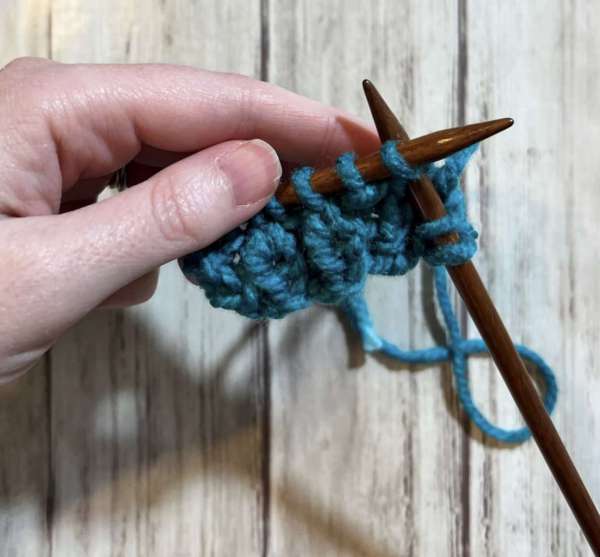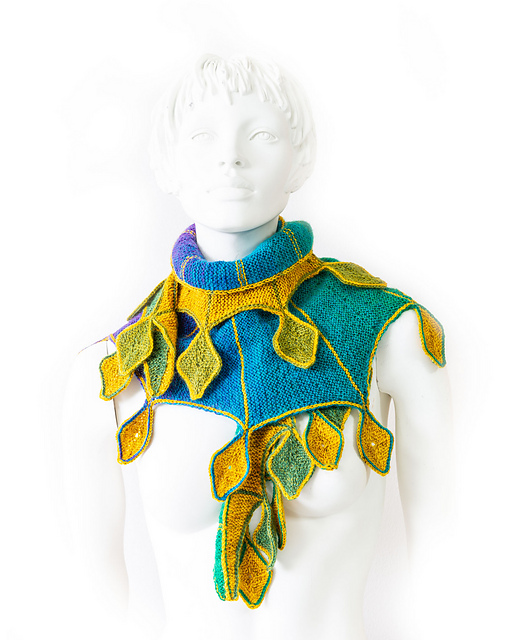 Back in 2021 I knit a fisherman’s rib scarf for my daughter’s teacher, and the post about it was one of the most popular on my blog last year.
Back in 2021 I knit a fisherman’s rib scarf for my daughter’s teacher, and the post about it was one of the most popular on my blog last year.
So I’ve been thinking about fisherman’s rib in order to share more content about it, and I thought I would share some of my findings with you.
First, fisherman’s rib is worked by knitting into the row below. What this does is it pulls the yarn from that stitch up as you work it, making the stitches extra thick and squishy. It’s different from brioche, though it looks similar, but the texture of brioche comes from yarn overs worked together with stitches to give them more heft.
If you need help learning the technique, there’s a great video from Heidi at Hands Occupied on YouTube you can check out.
Fisherman’s rib, like other ribbing stitches, is non-curling and made my alternating knits and purls. It’s worked on an odd number of stitches when worked flat or an even number when worked in the round. It’s super stretchy horizontally so you’ll want to use a stretchy cast on and bind off so that the stitch can stretch as much as it wants to (especially if you are using it for cuffs, the leg of a sock or a hat band).
The trickiest part when it comes to knitting fisherman’s rib is increasing or decreasing in the stitch, as you would want to do if you were finishing the top of a hat. Some patterns switch from fisherman’s rib to regular ribbing when shaping needs to take place (you can also do decreases on a larger needle so the stitches are still somewhat large compared to regular ribbing). This is shown in this hat pattern from Work 4 Idle Hands, for example.
I found a video from Garn Studio showing how to work multiple stitches into one knit stitch for Fisherman’s Rib, which could be a good option if you’re working a hat from the top down, for example. Their method involves working a yarn over and going into the same stitch again, which gives you the knit and purl stitches for the next row.
I’ve definitely going to experiment with shaping in Fisherman’s Rib and would love to hear if you have a technique you use for it!
 I’m honestly not totally sure what to say about the Sun King shawl pattern from Ursa Major Knits other than isn’t this cool? You should probably make one.
I’m honestly not totally sure what to say about the Sun King shawl pattern from Ursa Major Knits other than isn’t this cool? You should probably make one.